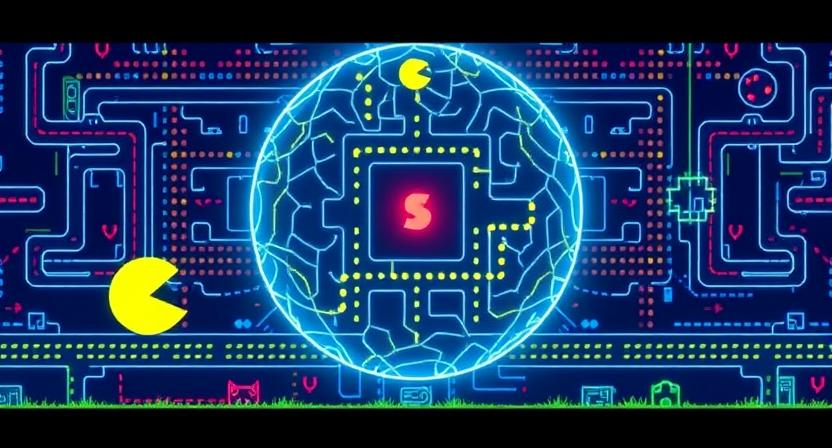Artificial intelligence (AI) in video games has come a long way since the 1980s. In early titles like Pac-Man, AI was rudimentary — ghosts followed simple programmed behaviors. But over time, developers have implemented increasingly complex algorithms that enhance both gameplay and immersion.
In classic games, AI was mostly rule-based. Enemies followed predictable patterns or responded to basic player actions. While this could create a sense of challenge, it lacked realism. As processing power improved, developers began using more sophisticated techniques like finite-state machines and decision trees. These allowed enemies and NPCs (non-playable characters) to behave more dynamically, adapting to player actions and creating a more believable world.
Today, modern games often use AI not just to control enemies, but also to generate content. Procedural generation in games like Minecraft and No Man’s Sky allows for vast, unique worlds created on the fly by algorithms. Meanwhile, neural networks and machine learning are being explored for advanced behavior modeling. For instance, OpenAI’s bots in Dota 2 demonstrated how AI can learn to play competitively through reinforcement learning, challenging even human pros.
AI is also transforming how players interact with game worlds. Companion characters in RPGs, like Ellie in The Last of Us, can now respond intelligently to changing environments and provide emotional depth to the story.
As AI continues to evolve, its role in gaming is likely to grow beyond enemies and allies. It could help craft personalized experiences, generate dynamic narratives, and adapt difficulty levels in real time, making games smarter, more responsive, and more engaging than ever before.


Leave a Reply